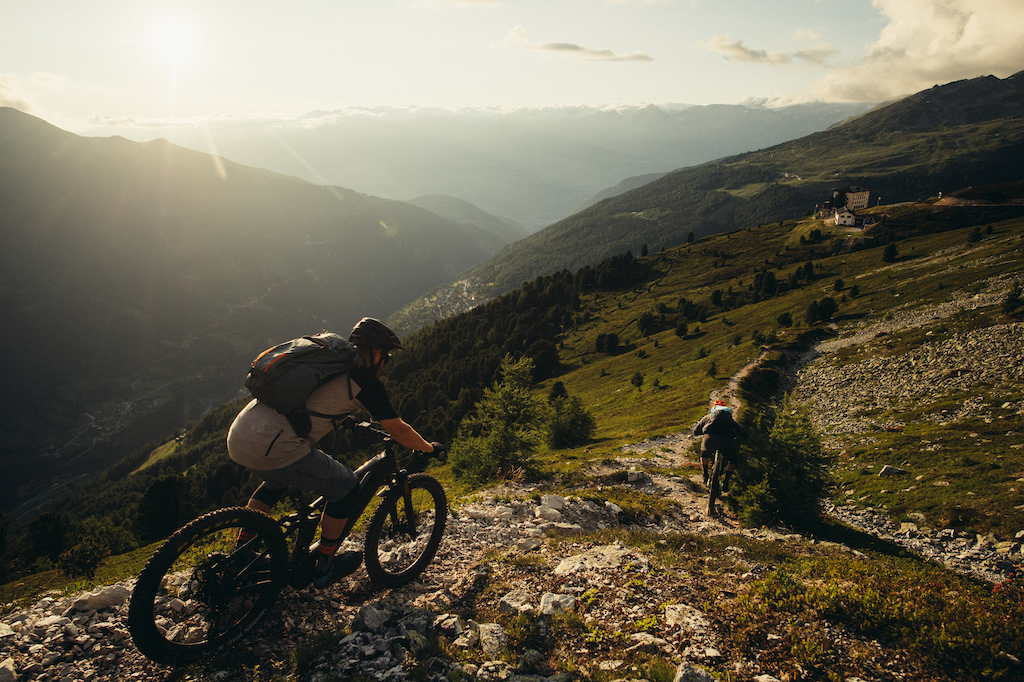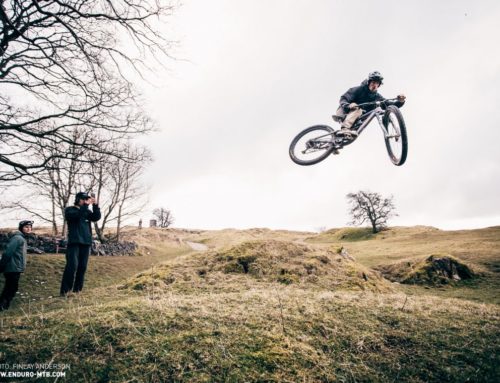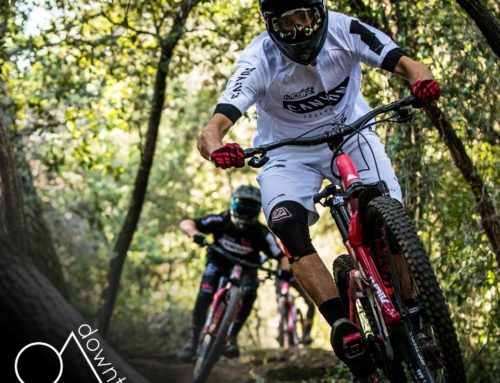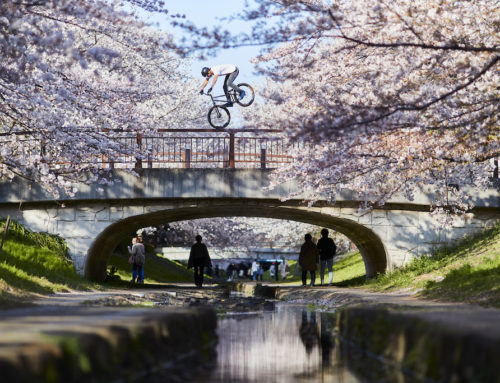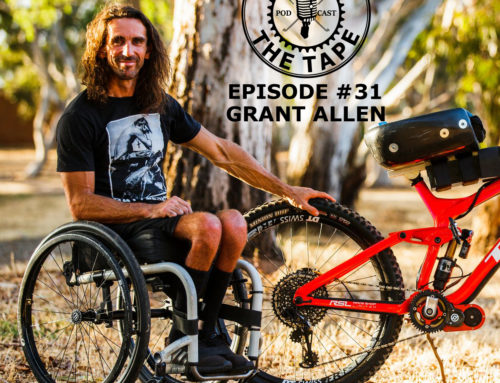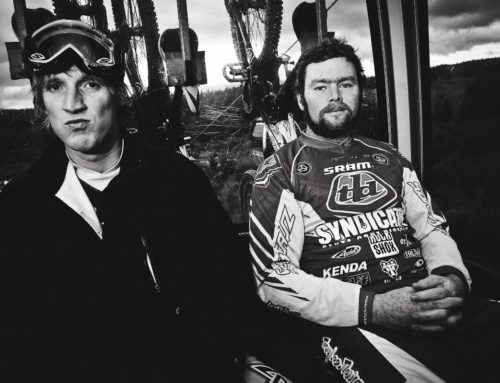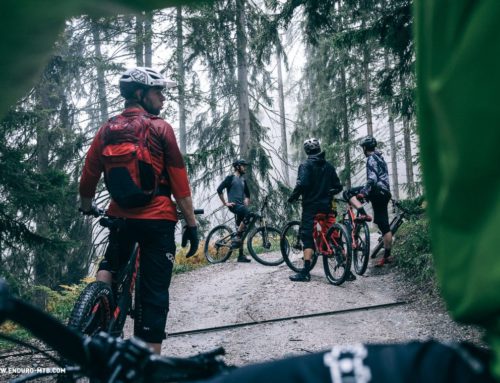I wasn’t totally surprised by the response. Some riders thought it was a great idea, albeit an ambitious one, some didn’t know what to think, while others that I approached dubbed it the e-douche tour. “It’s e-mountain biking afterall,” was their sarcastic response, as if I was suggesting that they join me on a guided jet-ski tour of the Florida Keys with dolphin escorts. I felt like I had to tread lightly while inviting friends from BC’s established riding community as most were still not sure what to think of e-mountain biking, myself included. The plan was a non-supported seven-day traverse through the Swiss, Italian and French Alps; a combination of the Haute Route Traverse and circumnavigation of Month Blanc including a solid dip into Italy’s Aosta Valley. An aggressive and rugged mostly singletrack point-to-point route across some of Europe’s highest peaks, on e-mountain bikes.
The truth is, I’d only ridden an e-mountain bike a handfull of times, I had a lot to learn and devising riding routes was the first challenge. I’d planned dozens of multi-day trips in the Alps with our guiding company Big Mountain Bike Adventures, but this reconnaissance mission was the first on electric-assist bikes. The goal was to spend as much time as possible riding in the alpine, using mountain huts for overnights while taking full-advantage of our precious 500-watts of power but avoiding running out of juice; no one wants to pedal or push a 50-pound rig for long. Besides distance ridden and meters climbed daily, we had to take into consideration riders’ weight, what level of assist to use relative to the terrain (eco, tour, e-mtb or turbo), if we could charge the batteries at lunch and of course being able to charge batteries overnight. Some mountain huts didn’t have sufficient power to charge batteries which meant careful planning. In the end we opted to each carry an extra battery which we planned to use.
[continued...]

